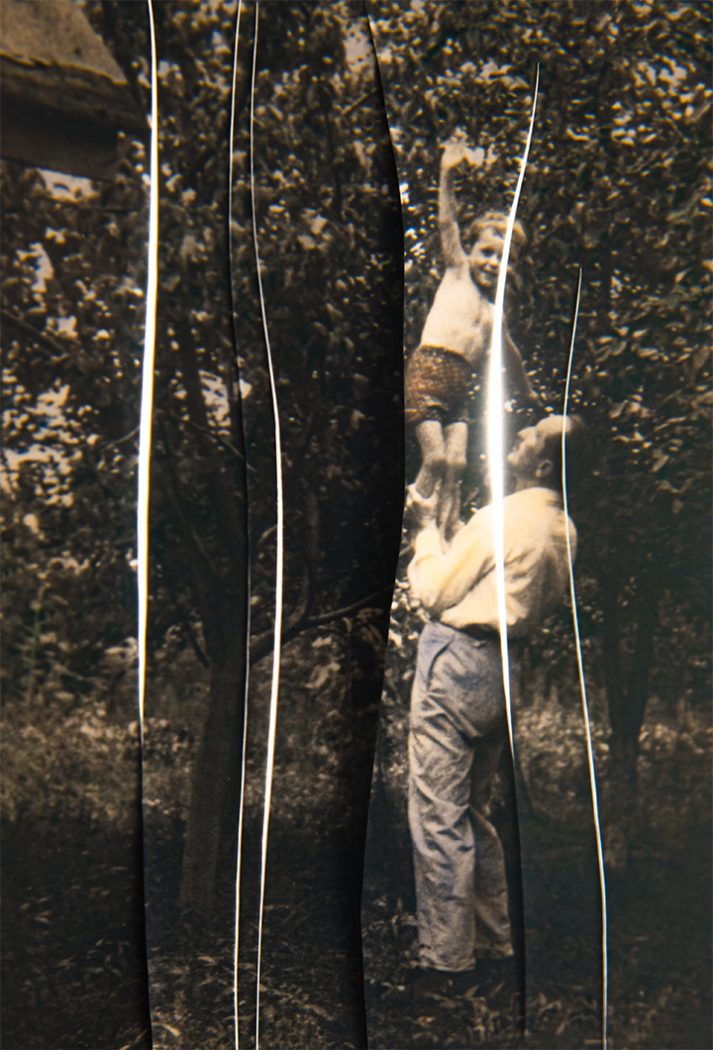Skye Rogers, the first recipient of Brock University’s Certificate in Arts and Culture Studies, will debut her project ‘PLAYGROUNDS: a joyful happening’ on Saturday, July 16 at In the Soil Arts Festival.
Originally published in The Brock News | WEDNESDAY, JULY 13, 2022 | by Charles Kim
For the first recipient of Brock University’s Certificate in Arts and Culture Studies, the sky’s the limit.
Skye Rogers, who received the first certificate from the Centre for Studies in Arts and Culture (STAC) this spring, has been using the knowledge she amassed at Brock to further her career.
The one-year certificate program was a draw for the St. Catharines native, who returned to her hometown in spring 2021 upon completing her studies at Randolph College for the Performing Arts in Toronto.
“It was a perfect time to get some more learning under my belt,” Rogers says. “The STAC program really allowed me to dive deeper into my interests in art history and the flexibility that I had in my course selection allowed me to continue my more hands-on learning in dramatic and visual arts.”
Rogers says she found her time with STAC “academically enriching.”
“The program set me up well with more of the entrepreneurial skills needed to be an artist,” she says. “Applying my knowledge was really significant for me and getting to research my own interests for our final project was crucial.”
With her newly acquired skills and knowledge, Rogers is now flourishing professionally.
“I’m so excited to be involved in some artist residencies this summer, including the Nest Residency with Suitcase in Point and In the Soil Arts Festival,” she says. “I’ve been developing a project called ‘PLAYGROUND: a joyful happening’ that’s centred around rekindling childlike joy, connecting with strangers, and reclaiming city spaces through play.”
Her new project will debut at Nest Fest on Saturday, July 16 as part of the In the Soil Festival Summer Series. Nest Fest will also include participants from Suitcase in Point’s Electric Innovations Theatre Intensive. This two-week intensive theatre program will be hosted at Brock’s Marilyn I. Walker School of Fine and Performing Arts in downtown St. Catharines.
Reflecting on her studies, Rogers says it’s the connections she made during her time at Brock that she cherishes most.
“All of my in-person group projects were especially profound. Art is all about connection for me, and that element must be kept sacred,” she says. “I could chat with a classmate, or even a professor, and develop a friendship with our shared interests.”
More information on the Certificate in Arts and Culture Studies program is available on the STAC website.











